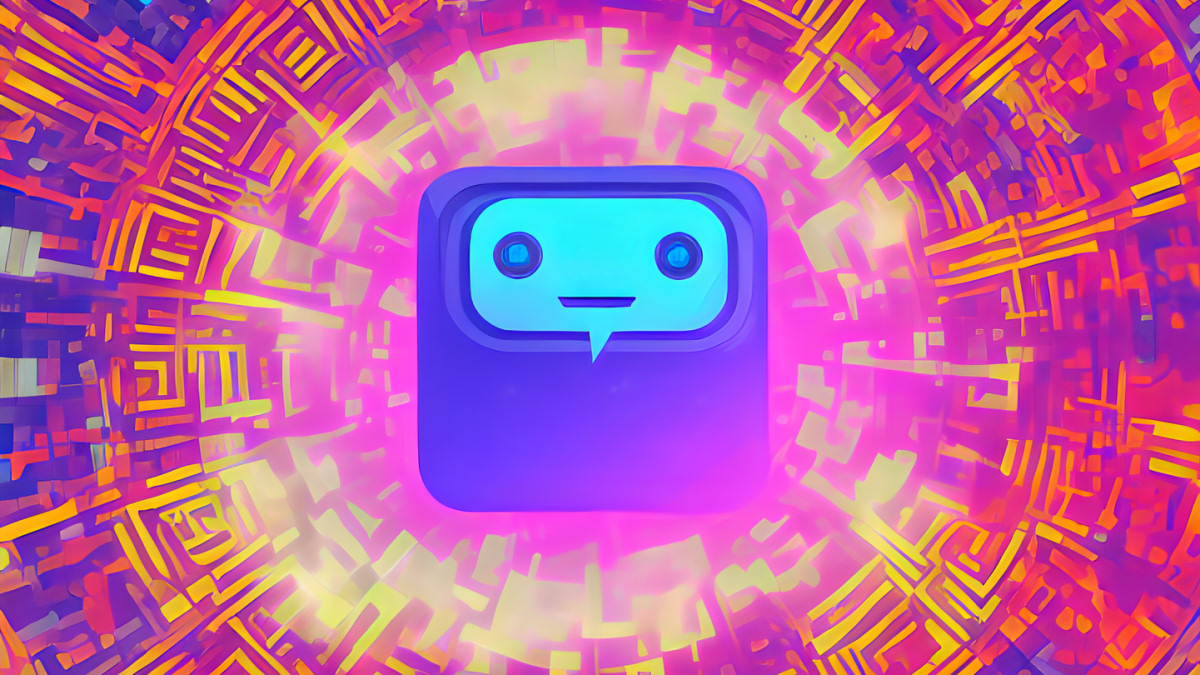On Wednesday, OpenAI announced ChatGPT, a dialogue-based AI chat interface for its GPT-3 family of large language models. It's currently free to use with an OpenAI account during a testing phase. Unlike the GPT-3 model found in OpenAI's Playground and API, ChatGPT provides a user-friendly conversational interface and is designed to strongly limit potentially harmful output.
"The dialogue format makes it possible for ChatGPT to answer followup questions, admit its mistakes, challenge incorrect premises, and reject inappropriate requests," writes OpenAI on its announcement blog page.
So far, people have been putting ChatGPT through its paces, finding a wide variety of potential uses while also exploring its vulnerabilities. It can write poetry, correct coding mistakes with detailed examples, generate AI art prompts, write new code, expound on the philosophical classification of a hot dog as a sandwich, and explain the worst-case time complexity of the bubble sort algorithm... in the style of a "fast-talkin' wise guy from a 1940's gangster movie."
OpenAI's new ChatGPT explains the worst-case time complexity of the bubble sort algorithm, with Python code examples, in the style of a fast-talkin' wise guy from a 1940's gangster movie: pic.twitter.com/MjkQ5OAIlZ
— Riley Goodside (@goodside) December 1, 2022
ChatGPT also refuses to answer many potentially harmful questions (related to topics such as hate speech, violent content, or how to build a bomb) because the answers would go against its "programming and purpose." OpenAI achieved this through both a special prompt it prepends to all input and by using a technique called Reinforcement Learning from Human Feedback (RLHF), which can fine-tune an AI model based on how humans rate its generated responses.





 Loading comments...
Loading comments...
